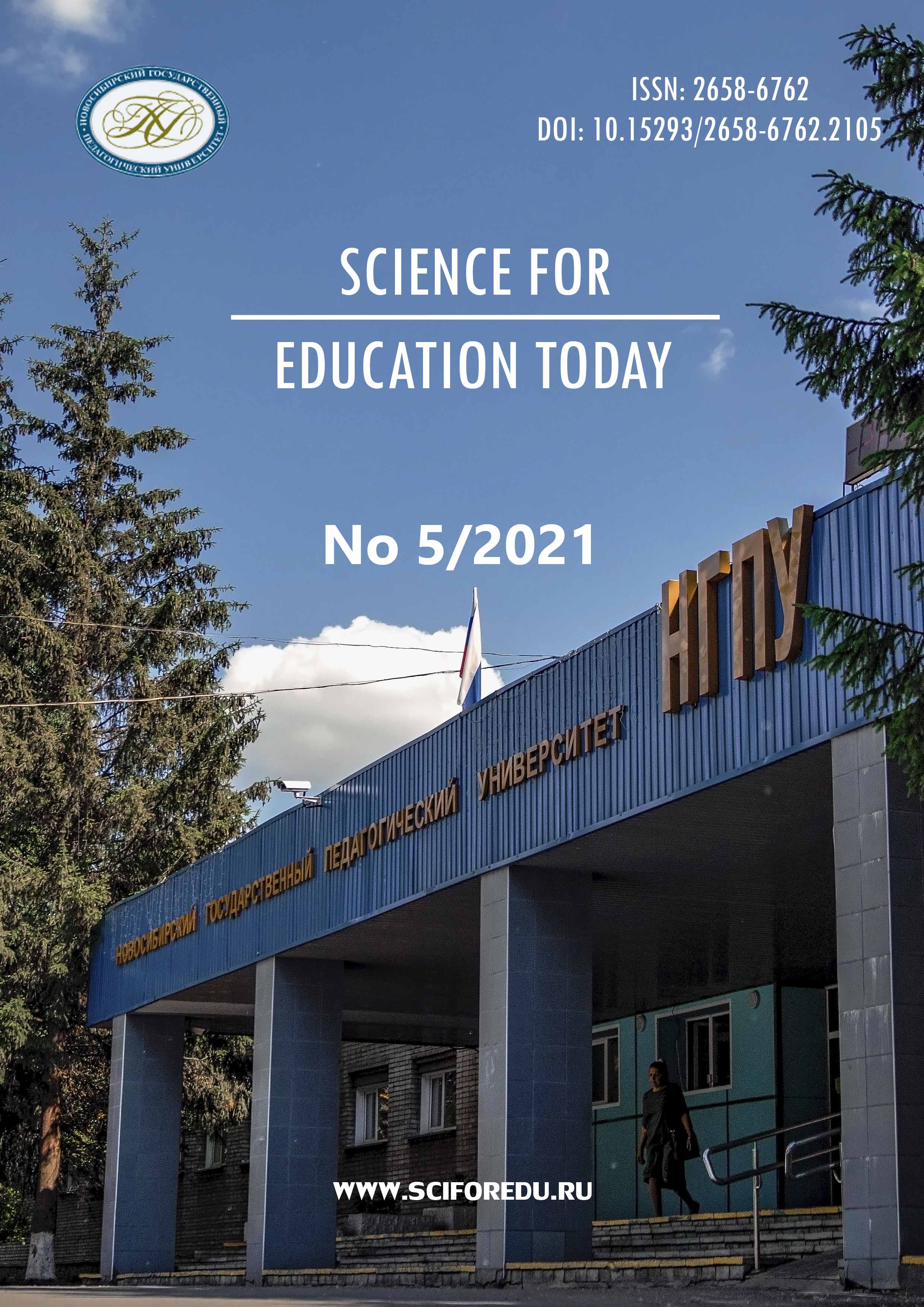Использование регрессионной модели для повышения точности оценок межрегиональной дифференциации покупательной способности национальной валюты на примере заработной платы педагогов России
Using a regression model for enhancing evaluation of regional purchasing power parities of the national currency with the main focus on teachers’ salaries in Russia
Author(s): Anna Aleksandrovna Dreneva, Irina Valerievna Seliverstova, Mark Lvovich AgranovichSubject(s): Socio-Economic Research, Sociology of Education, Pedagogy
Published by: Новосибирский государственный педагогический университет
Keywords: Regional price differentiation; Purchasing power parity; Consumer basket cost; Multiple linear regression; Factors of regional price differentiation; Regression model; Interregional analysis;
Summary/Abstract: Introduction. Purchasing power of national currency varies widely across countries and regions, thus inter-regional comparisons pose a problem of financial and economic indicators comparability. In Russia, this issue is being currently solved by using the state budget expenditures index and the cost of a fixed set of goods and services (consumer basket) calculated for each region. The aim of this article is to propose and evaluate an alternative method of improving the accuracy of inter-regional price differentiation estimates. Materials and Methods. This study is based on the research investigation by Costa et al (2019) conducted on a sample of more than 300 regions of OECD countries. Relying on that research, the authors collected relevant data on Russian regions and analyzed a multiple linear regression model. Within the model, a consumer basket cost was a dependent variable, and the average income, the share of industry and the share of services in gross regional product were considered as independent variables. Results. The parameters of the model revealed an acceptable level of its explanatory power (R2 = 0.76), as well as a significant influence of all factors. Applying the model, the authors received the predicted consumer basket cost. Both types of the consumer basket costs (actual and predicted) were correlated with the external factors of regional price differentiation, selected from the literature as evaluation criteria: transport infrastructure quality, social inequality level, market competition level, regional fiscal policy, etc. The analysis revealed that significant correlations with the external parameters were higher for the predicted consumer basket cost as compared to the actual one. The possibility of using the results of this study to improve the accuracy of the comparative interregional analysis of financial and economic indicators is illustrated by the example of comparing the nominal and calculated adjusted values of teachers’ average salary in all regions of the Russian Federation. Conclusions. The findings suggest that the predicted consumer basket cost allows to conduct more accurate assessment of the differences in the national currency purchasing power in Russian regions. The results of the study can be used to improve the accuracy in comparative inter-regional investigations of financial and economic indicators.
Journal: Science for Education Today
- Issue Year: 11/2021
- Issue No: 5
- Page Range: 84-105
- Page Count: 22
- Language: Russian

